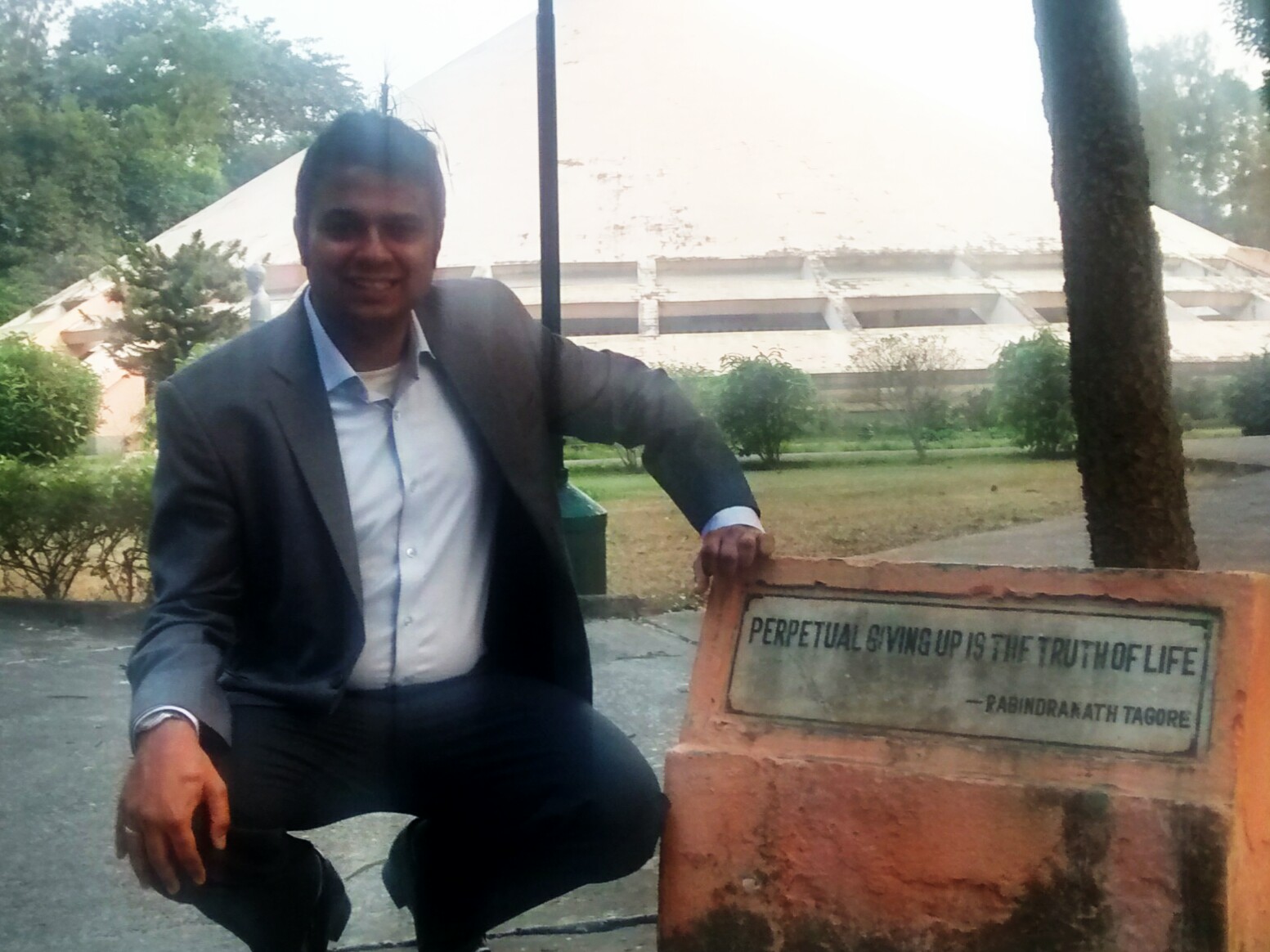Later this evening I’m planning to go for this talk on Temples of the Badami Chalukyas, being held at the Max Mueller Bhavan in Indiranagar.

The text of the invite (not present in the picture above) says that “tea will be served before the talk”. Now you might think that it’s no big deal – but in my opinion that’s one marker that sets apart what can be a high-quality fulfilling event for the audience member than one that is merely good.
There are two reasons that people go to talks like this one – one is for the talk itself. For example, the topic of today’s talk looks extremely promising and exciting, and inherent interest in the topic itself is likely to spur audience participation. The other reason people like to go for such talks is that they are good places to meet with other like-minded people, and that is where the tea before the talk comes into the picture.
At the Pratap Bhanu Mehta lecture at IISc two weekends back, there was no tea being served prior to the talk. As a consequence, everyone who arrived walked straight into the hall and took their seats. When I arrived there there seemed to be no conversation whatsoever taking place, and so I went and quietly took my seat. Looking around, however, I noticed a number of acquaintances, and people I wanted to get to connect to (people who could connect me to these people were also in the audience). However, there was no chance of going up and talking to them and indulging in what some people uncharitably call as “networking”. And after the event was over everyone was in a hurry to get home and there was no chance to talk!
This is where tea before the talk comes into the picture. When tea is being served, people usually stand around the service area (not to be confused with Cervezaria) and mill around talking. It’s a great occasion to catch up with old acquaintances who happen to be there, make new acquaintances (that both of you have come for the same (usually esoteric) lecture indicates that you have some common interests) and generally talk to people. And meeting interesting people (new or old) at an event is always a good thing and attendees go home much more satisfied than they would had they only consumed the lecture!
Hence it is of paramount importance that tea (or coffee or milk or water or beer) be served before the talk, for it gives an opportunity for people to talk to each other, to network and to get more out of other attendees than they would from the talk itself. And if you are the antisocial type who doesn’t want to meet other attendees, you can quietly go take your seat while others are having tea – they won’t even notice you!
